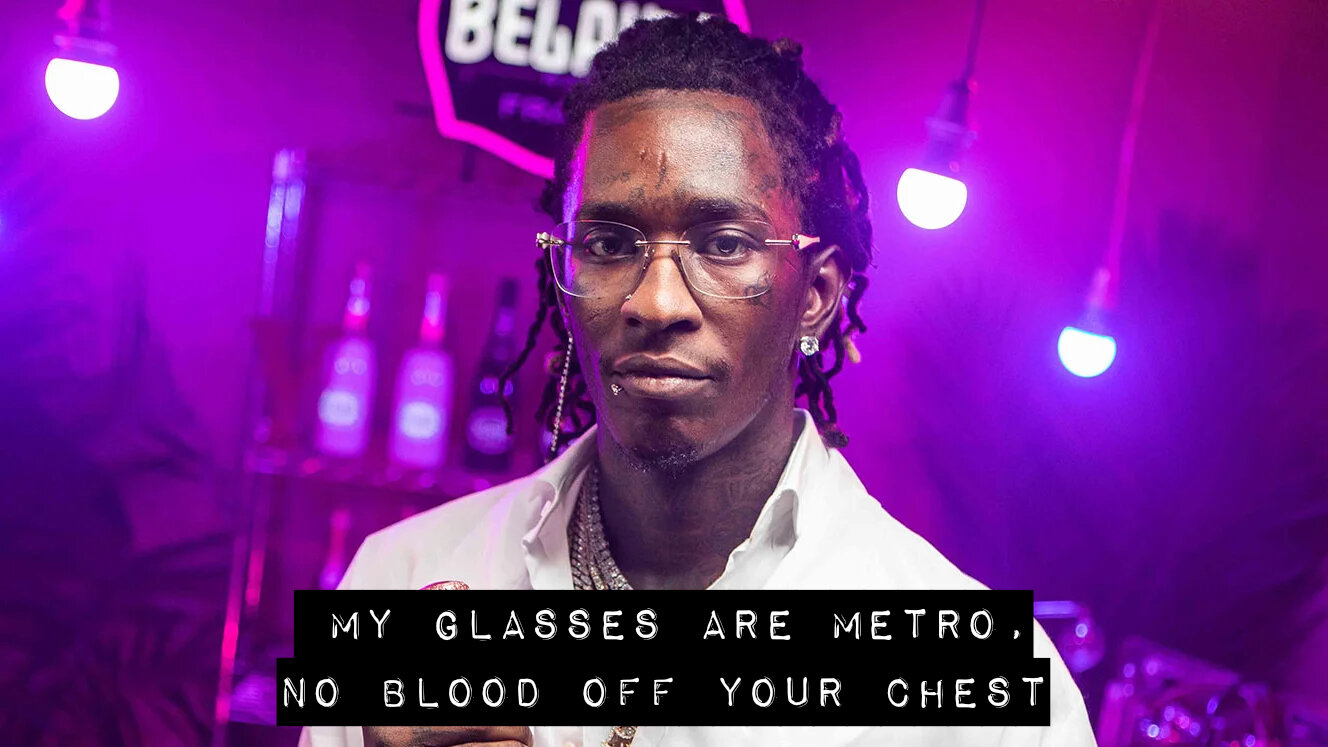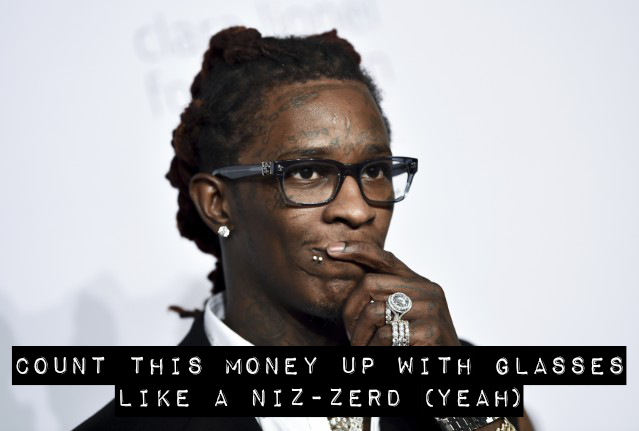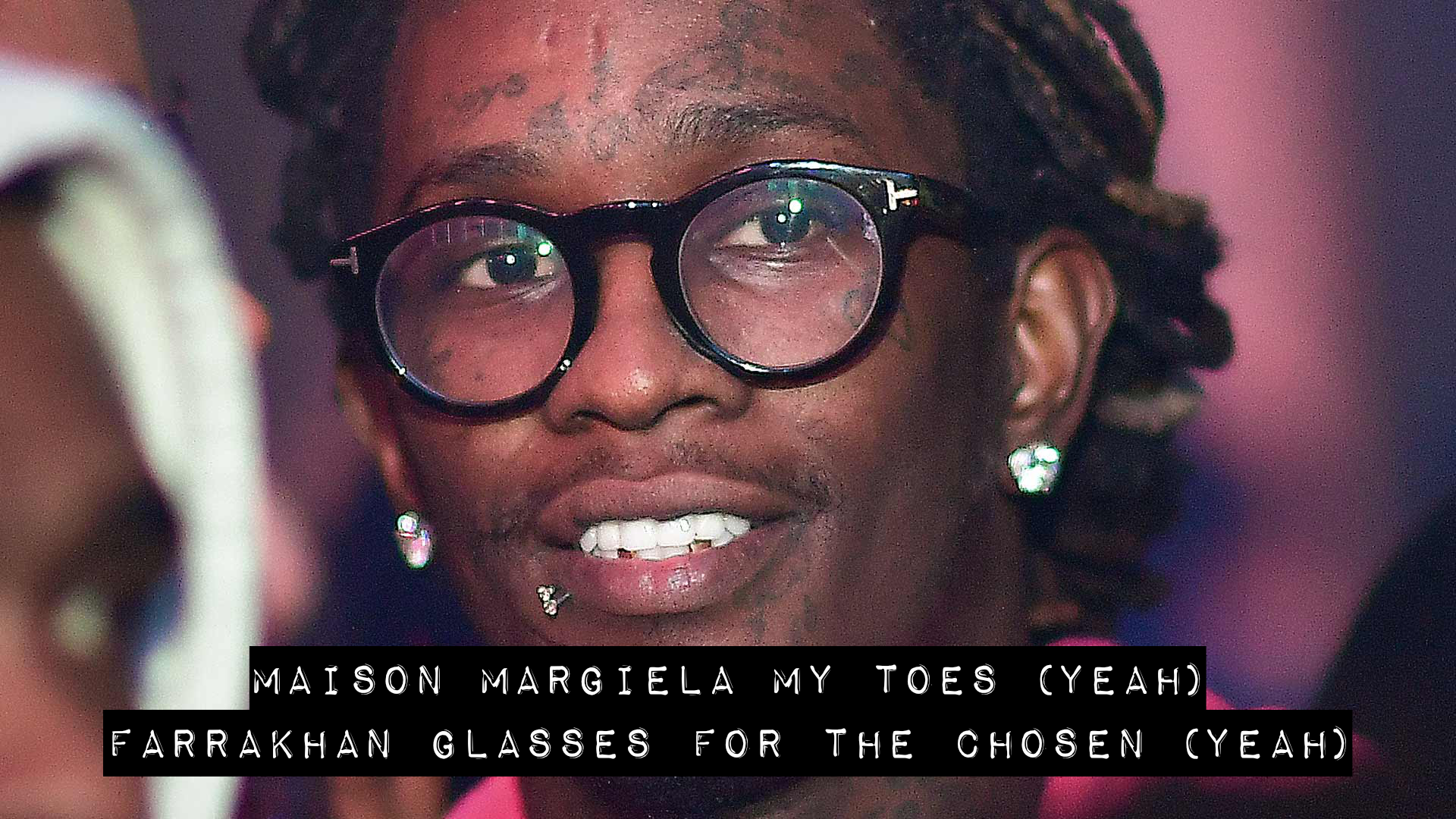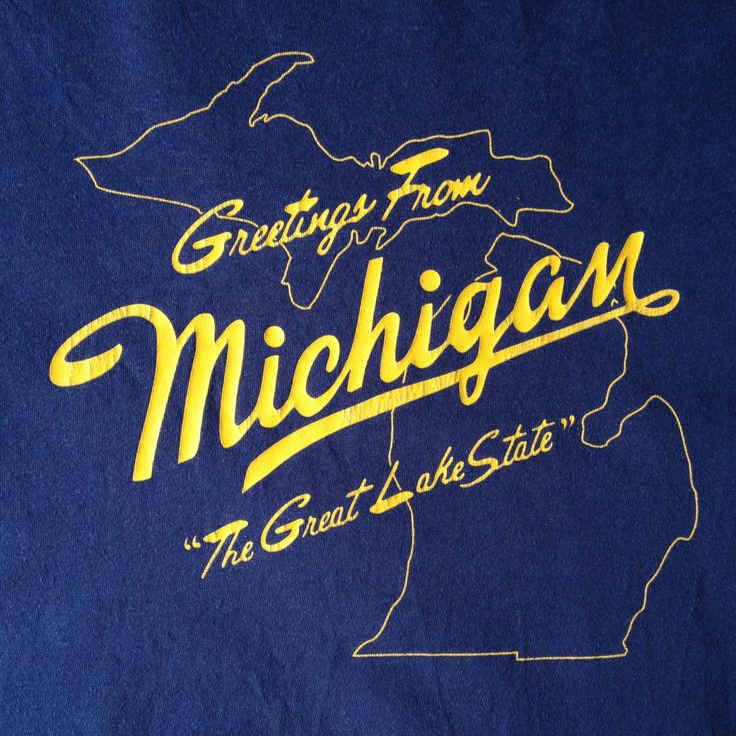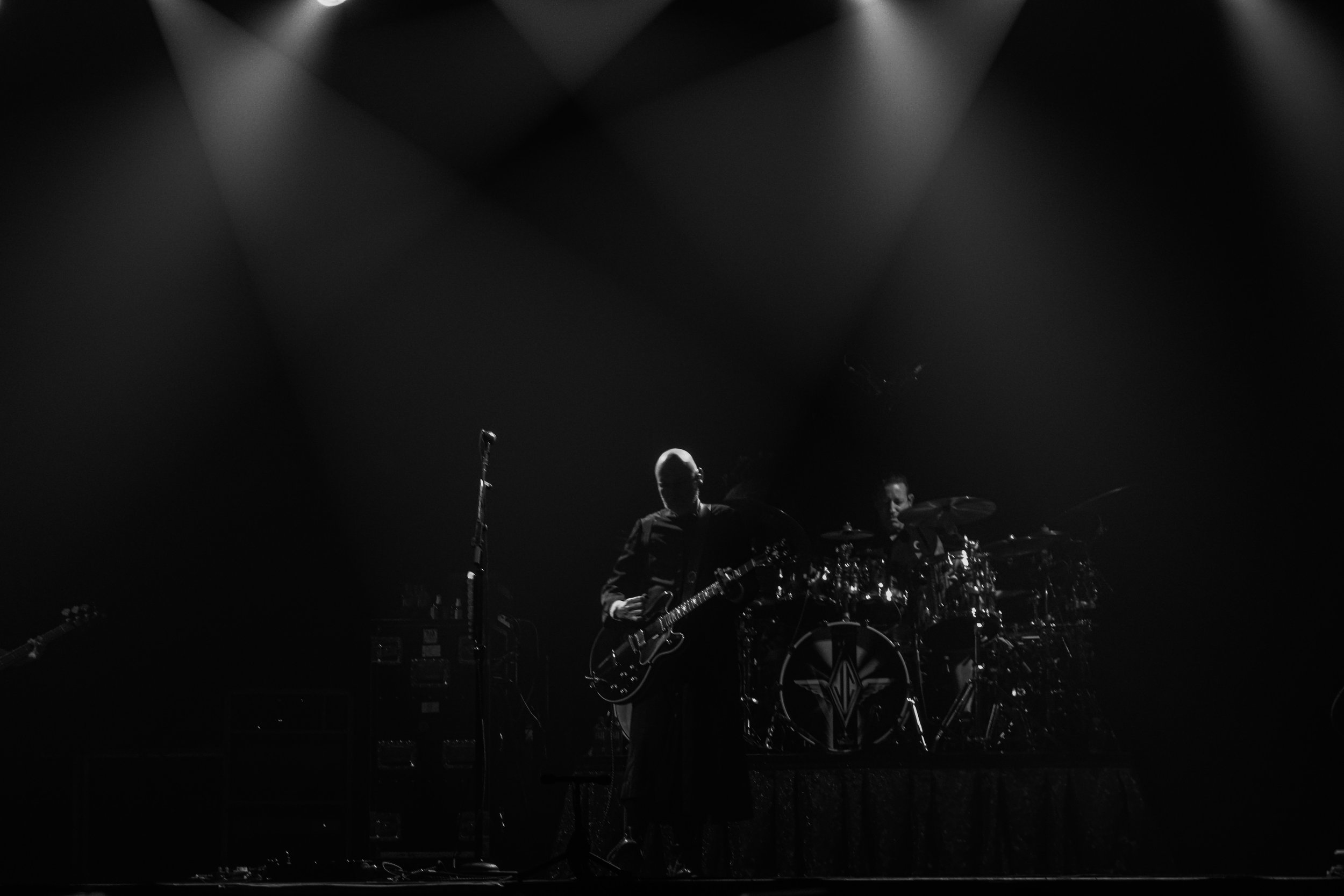SESPOOL Walks Us Through 'before the fog covers me' Track by Track
/Not to get all “90’s Kid” on you guys, but I’m about to reminisce. Being born in the era before hyper-pervasive internet meant you had one foot in everything, whether you liked it or not. It meant you grew up listening to pop-punk on CDs and RnB on the radio. It meant you had the “good” Star Wars movies on VHS and questionable ones in movie theaters. It meant you were growing up in one of the last ever truly messy offline eras and witnessed the world transform before your very eyes.
Growing up in the 90s and early 2000s also meant you were coming of age right as things like Myspace, Limewire, and Napster were gaining mass traction, and what that meant was that the shackles were finally coming off. You could dig into any specific hyper-fandom you wanted. Hot Topic Mallcore? Done. Weird Al phase? Achieved. Mainstream pop from 2006 to 2007? Completely memorized. The internet gave us the power to become the masters of our own pop culture domain, and for many of us, it meant we could spread our tendrils wider and deeper than any generation before us. Today this is evidenced by artists like 100 gecs and Lil Aaron who have made a name for themselves by combining previously-disparate genres, sounds, and ideas into something that feels at once new and fresh yet familiar and comforting.
With before the fog covers me, San Francisco-based musician Sean E (aka SESPOOL) is adding his name to the list of artists above, creating a genre-agnostic mashup of trap, rock, metal, and psychedelia into a potent blend that’s uniquely his own. There are auto-tuned hip-hop bars, head-banging metalcore breakdowns, and ear-wormy pop melodies. It’s a barrage of two-plus decades of omnivorous music and pop-culture consumption, as seen through the lens of Sean E. I sat down with SESPOOL to talk through each track on his upcoming sophomore album and the music, events, and thoughts that inspired the songs on this collection of tracks.
1. before the fog covers me
This song was started before the COVID-19 outbreak and really set the tone for how I wanted my sound to progress. Once I got deeper into it, I decided this would be the title track since it embodied the various styles and themes that I was combining on the album. At its core, I wanted to make a song that started as an ambient ode to “Shine On You Crazy Diamond” by Pink Floyd, building an atmosphere that erupts into a modern trap banger. I knew I wanted to integrate heavy guitars in a way that wasn’t present on my debut album, and that led to the heavy chorus part, which always reminded me of a funeral procession. Ironically, in the following months, that marching-to-our-end aesthetic would become all too real and wind up defining most of 2020.
Lyrically the song is about the fog that blankets us as we get older. Personally, I’ve felt my memory going and my mind becoming less sharp, especially as I work a 9-5 job and get sucked into a “wage slave” mentality. It feels as if things become less vivid and more dull as time goes on. I’ve also had flashes of intense anxiety and other physical ailments that doctors tend to ignore, and often felt like I’m being consumed by something beyond my control. When I wrote the chorus, I was waking up early to practice stream of consciousness writing before my day job, and “morning clarity before the fog covers me” just organically came out. I would wake up full of emotions and ideas that would gradually fade as the day went on, and thus it was the “light of my life” that kept me inspired and pushing forward to make new art.
2. newsflash
This is one of those songs that just “happened” - it came together very quickly, and I remember the exact moment the chorus just poured out seamlessly. This was the first song I wrote in quarantine, and I thought it was so interesting that California went on a state-wide lockdown on the first day of spring. Here in San Francisco, we locked down two days before (on March 17), but the big news didn’t come until March 19, which lined up perfectly with the spring equinox. It’s such an interesting and darkly poetic juxtaposition to have the first day of the season, which is usually associated with rebirth and new life to land on the day the world as we knew it stopped and changed so dramatically in a negative and frightening way.
At its core, “newsflash” is a very straightforward emo-pop song with 3 choruses, which is something I rarely do. Despite its melancholic lyrics, this track has one of the most feel-good “bop” type energies on the album, which makes it pretty infectious. The lyrics are a visceral reaction to being in quarantine and asking yourself, 'what really matters?’ When everything stops, and we’re left with just our thoughts and ambitions, how do we react? For me, the answer was clearly music, and I spent all of that time and pent up energy/anxiety making this album.
3. meet ecstasy
This was the last song I finished for the album. Musically, I felt like I needed a counterpart to “newsflash,” which, prior to this song, was in its own lane. “meet ecstasy” is still more experimental and off-kilter than “newsflash,” but none of the other songs had that same bounce that it did, so I finished this one in lieu of a bunch of other songs I was working on to include in the final release.
Lyrically, the song goes back and forth between my current state and my inner voice. The choruses sung in higher falsetto range are my inner self; “walk from the past and I can be the one to hold you” is quite literally about moving on from things that have held you back. Whether it be a negative mental space, or addiction, or not believing you can do something, my inner self wants to affirm to my living physical being that we have the ability to change - if we want to. Like most people who have been around the block a few times, I’ve had lots of ups and downs with physical and mental health. This song really came to me when the initial wave of the 2020 shitshow came down, and I realized that no matter what is happening outside, I have to take care of myself, and hopefully when it’s all through, meet ecstasy.
4. buried beneath the sickness is sweetness
This is the most experimental, weird, and heavy song on the album. I actually started this song over a year ago, long before the heavy guitars and dark vocals, and something about it kept bringing me back. I tend to write pop songs with a verse-chorus-verse-bridge type of structure, but for this one, I said fuck it all. It’s dark, it’s heavy, it’s spacey, and it took a lot to wrangle it in to make it what it became.
The lyrics are predominately about the “wage slave” mentality I referenced in the title track, as I tried to make very obvious in the spoken-word intro. In the United States, we put so much emphasis on work, work, work, money, money, money that I can’t help but feel like it’s all going to erupt… and in some ways, it already has. Our trickle-down economics don’t work, and a lot of us work 40+ hours a week and still end up living paycheck to paycheck. It’s increasingly common for millennials like myself to have little to no savings, no property, and no children. We more or less work our asses off and have nothing to show for it. The lyric the title was pulled from “open your thighs and give me your heart - buried beneath the sickness is sweetness, if you let me pull you apart” is about the false promise of giving yourself to employers and corporations who don’t give a shit about your well-being. This ladders up to tackling the overall failures of modern capitalism and neoliberalism.
5. lost waves crash
I tend to write from places of darkness or sadness, but “lost waves crash” is a rare love song. It’s a love song through the lens of quarantine when suddenly the person you live with is now one of the only people you’ll see. It worked out really well for me since my girlfriend and I both understand when we need space or support (like working on music alone for 6-8 hours a day), but being in quarantine, even if there’s love involved, still conjures up feelings of sadness. I don’t really tend to connect with “happy” music, so this is sort of my best attempt to speak on something positive while still being true to myself.
The lyrics reflect more on the themes of the album - “can you see the hypocrisy in how we breathe? We live to leave to fall asleep and then repeat”, highlighting the monotony of wage-based living. In this song though, I reveal that the way out of that is through love, both of yourself and for someone else. So many days in quarantine I would have gone totally insane without someone to bullshit or take a walk with, and for that, I am immensely grateful. The chorus ruminates on how in the end, we’re all lost (“like crying eyes, two hearts’ allure”), and being able to share experiences and emotions with someone we care about brings us solace. Even if those feelings can be fleeting, they’re important and necessary for happiness, especially now.
6. twilight plight
When I originally made this instrumental, I said to myself, “I want to make a really hard piano beat,” - and I did! I let the loud, distorted 808 really lead the way, and quickly found myself reaching for the electric guitar. When it came to the vocals I wanted it to feel aggressive, but in a spooky, almost dissonant way. I was trying to evoke “off” feelings while still being melodic and slightly disorienting in the contrast between the verses and chorus, playing into the lyrical themes.
The song is about systemic oppression, the United States’ current erosion into authoritarianism, and white supremacy’s reemergence caught between dark and light in an ongoing struggle for liberty. Thus, an eternal state of twilight. Like many people, I was disgusted by the murder of George Floyd and the blatant disparity it brought to the surface. I hate racists, and at times am ashamed by people that look like me who think they’re superior to someone who looks different than them. It felt irresponsible to not speak on the issue, as the last 4 years, our country has spiraled further and further into accepted hate. It’s not only unacceptable, but that type of rhetoric could lead to a really disastrous outcome - “you don’t decide who’s equal, we are all one people in a world oppressed.”
7. can we heal?
This song was written as a direct response to climate change. I wrote the lyrics before the pandemic broke out, and it’s one of those songs that carries so much more weight after what we’ve all gone through the last 7 months. It’s the only song without 808’s driving the bass, which gives it a completely different feel. It’s a somber track, and it felt like the perfect ending to an album with pretty dark undertones.
It’s the only song besides “newsflash” that doesn’t have any “surprises” thrown in, but I find comfort in simple things. Despite its simplicity and bleak tones, I really love how this song makes me feel and the relevance of the dire problem that will become an uninhabitable planet if we don’t change our ways. Even though we’ve done so much to fuck things up, as a species, as a race, or as individuals if we take a step back and modify our behavior, can we heal?








